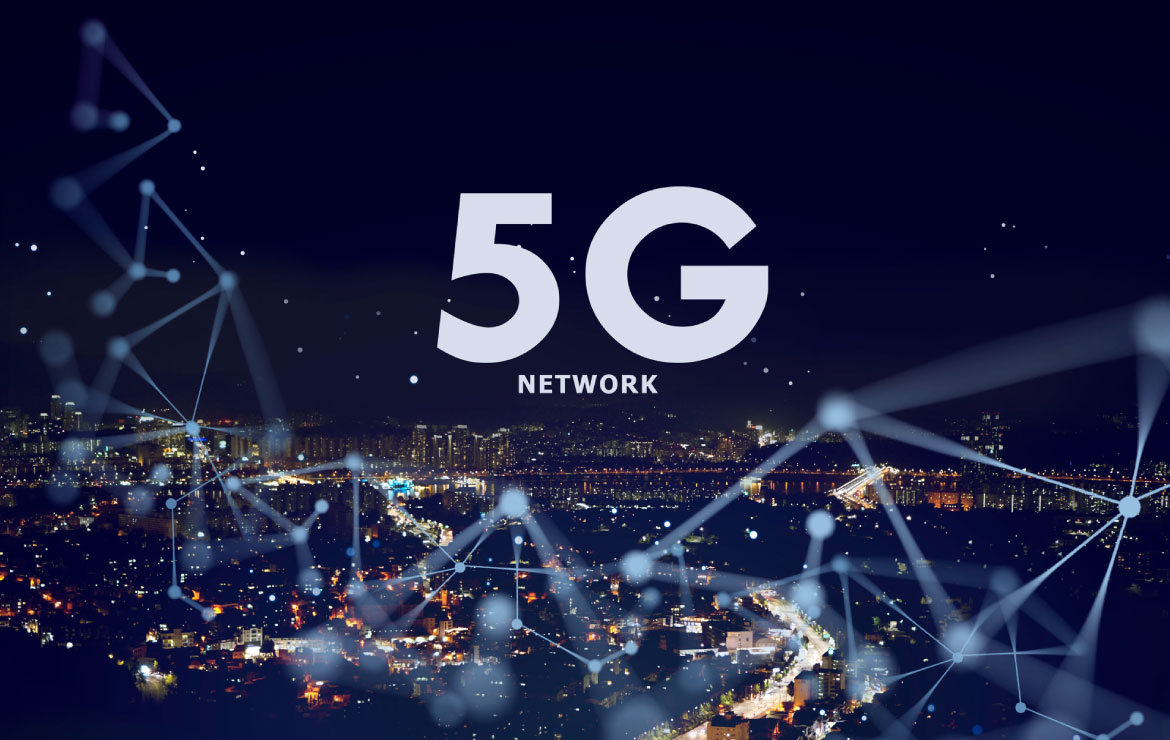As 3G rides into the sunset, 5G comes into focus

As carriers bid farewell to the most widely used technology of the past two decades, the shift away from 3G brings about unintended consequences for businesses.
Year after year, industry leaders offer their forecasts about new technologies and emerging applications—always forward-looking and centered on potential advantages. This is not without reason—over the last 20 years, the industry has consistently introduced technologies that enhanced our lives, with swifter and more potent devices that quickly overshadowed their predecessors.
Yet, what sets 2022 apart from previous years is that significant tech-driven shifts are rooted in the past rather than the future. AT&T has become the pioneering major carrier to initiate the sunsetting of its 3G network, marking the conclusion not only of one of the most pervasive technologies of the past two decades but also introducing unforeseen challenges that businesses and consumers must navigate.
Every transformative shift commences with a catalyst, and the credit for this paradigm shift goes to the rapid expansion of 5G. Fueled by a hunger for network resources and spectrum bandwidth, the implementation of a 5G network compels carriers to reclaim the bandwidth currently occupied by 3G.
Amidst the buzz surrounding 5G solutions and discussions about the possibilities of technological implementations, we must not overlook the transformative impact that 3G had when it first emerged in the 2000s. Valuable lessons can be derived from the past and applied to the current 5G landscape.
An Unprecedented Rollout
The introduction of 3G laid the foundation for the current technology ecosystem. This “high-speed” foundation enabled mobile internet access and wireless applications, sparking the revolution of smartphones. Consumers embraced capabilities that were once confined to science fiction, such as high-definition gaming, video streaming, and even live TV through mobile apps. Tech giants like Apple, Facebook, Google, Uber, Netflix, and Twitter capitalized on this technology, becoming powerhouses in the era of 3G.
However, much like the horse and buggy, the historic reign of 3G concludes as newer technology takes its place. AT&T’s decision to sunset their 3G network on February 22nd sets the tone. Other carriers, including Sprint on March 31st, T-Mobile on July 1st, and Verizon on December 31st, will soon follow suit. Transitioning away from technology like 3G is not as straightforward as it might seem, especially given its widespread adoption. While recent smartphone buyers might assume that carriers have already made the transition, those still using older phones will feel the impact.
The impact of shutting down 3G networks won’t be limited to users of older smartphones. In fact, 3G networks still underpin essential, often life-saving technologies. Many vehicles continue to rely on 3G-based GPS and emergency systems, even some newer devices. Without necessary updates or upgrades, these technologies and services will cease to function once 3G service is discontinued.
Consequently, industries dependent on 3G access must hasten their preparations for the impending network shutdown. For instance, over 6 million alarm systems in homes and businesses still require 3G networks to transmit signals. While consumers have come to take GPS systems in cars for granted, some vehicles manufactured as recently as 2021 are equipped with 3G modems that necessitate updates to avoid service disruption and subsequent driver inconvenience.
Remarkably, despite the ongoing transition, 3G maintains a considerable presence. As of mid-2019, more than 80 million 3G devices were still in active use across North America, many fulfilling critical roles in infrastructure, such as IoT devices. These technologies operate on national carrier networks. Businesses must understand how the sunset of 3G technology will impact their wireless devices, business operations, and strategic goals. They should collaborate with their vendors to undertake essential measures like device upgrades, patching, or facilitating employee transitions to ensure uninterrupted service. It’s vital to complete these actions before the deadline to guarantee continuous operation and prevent disruptions to business activities. While outdated devices might not be suitable for content transmission via 3G, customers should recognize that these devices could still authenticate with the carrier network or maintain communication with the 3G network—both scenarios entail potential risks and negative outcomes.
Phasing out POTS
In addition to 3G, prominent carriers are also preparing to phase out another pivotal technology in the same year. Although not as renowned as 3G, carriers are mandated by the FCC to phase out copper wire, or “Plain Old Telephone Service” (POTS), by August 2nd. This analog voice transmission phone system has been utilized worldwide for decades. It traces its roots back to the original POTS system from the 1880s, showcasing remarkable longevity.
Businesses must transition from their analog phone lines to digital platforms as part of this technological upgrade. While many businesses have already made these transitions, key industries like healthcare, retail, and security still need to make these shifts before the August deadline. Failure to do so will lead to costly replacement efforts to update devices and infrastructure. Alternatively, organizations may face exorbitant fees to maintain their current POTS infrastructure.
Together, these changes mark the conclusion of two of the most influential technologies ever produced by the telecom industry in the same year. POTS, the original foundation of global telecommunications systems, and 3G, the technology that catalyzed the current digital world, are both nearing their end almost simultaneously.
The process of transitioning away from these legacy technologies will pose numerous challenges and complexities, and organizations should remain vigilant for unforeseen circumstances. However, as these technologies sunset, they will forever be remembered as the foundational elements that paved the way for numerous successors, including 4G, 5G, fiber, cellular, and VOIP networks—all of which have heightened productivity and accelerated business across various industries.